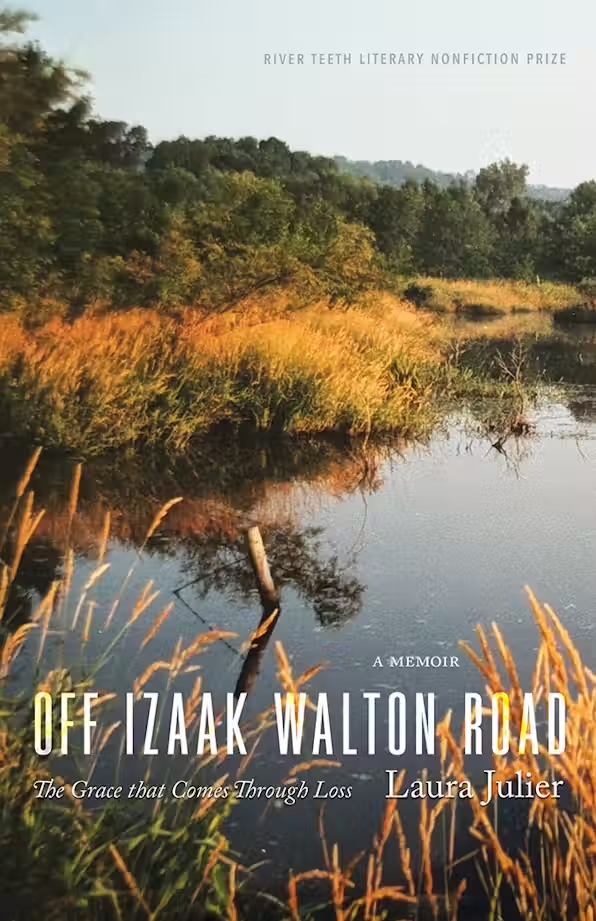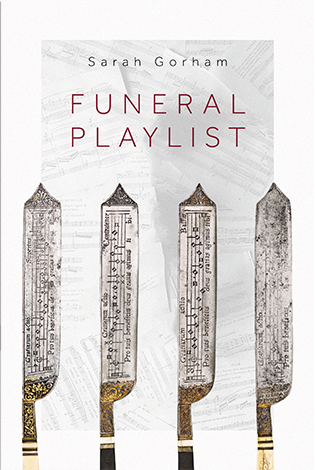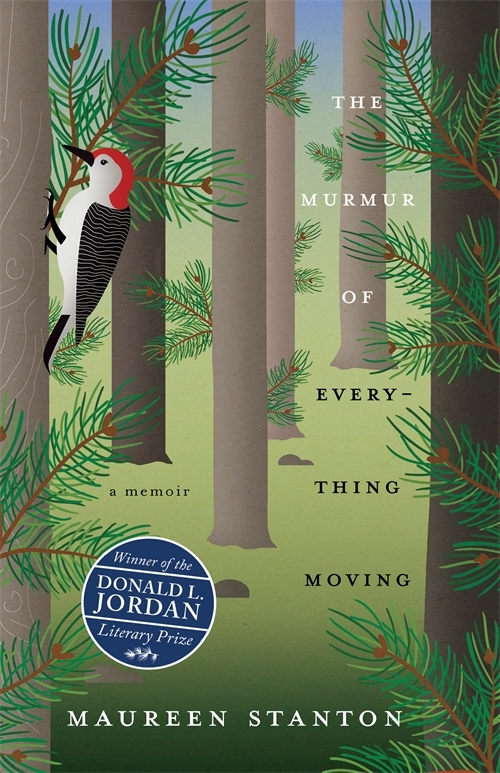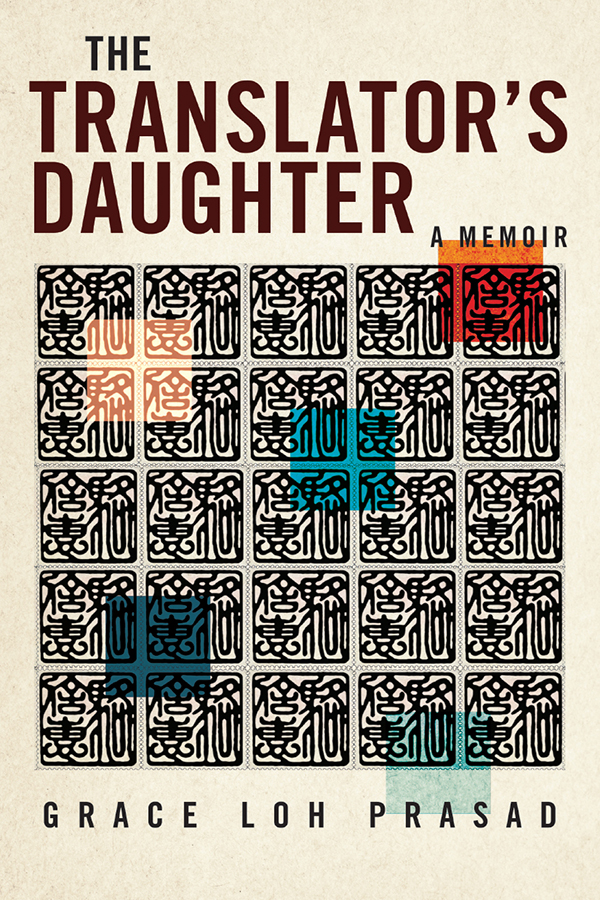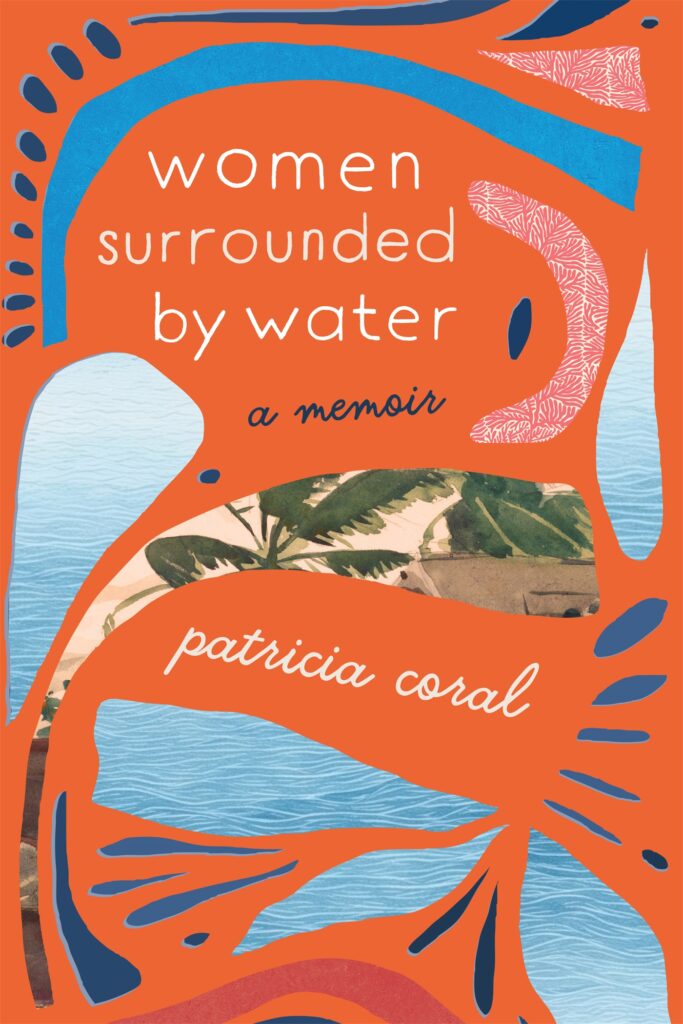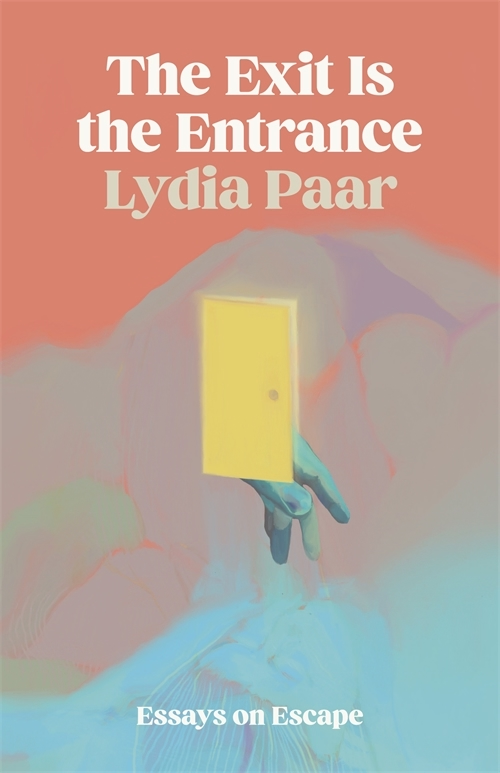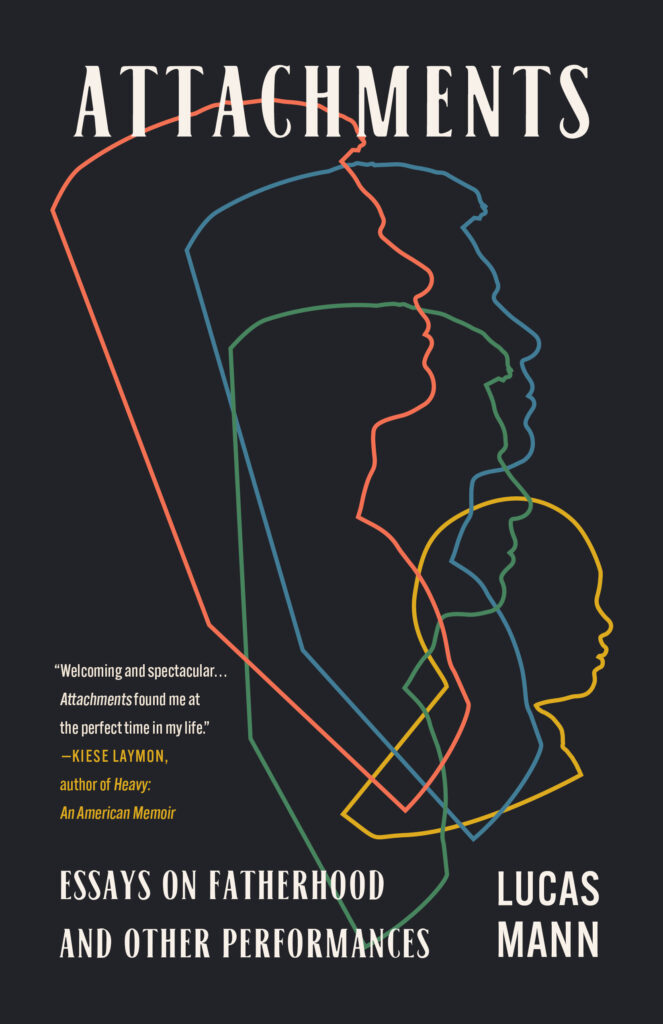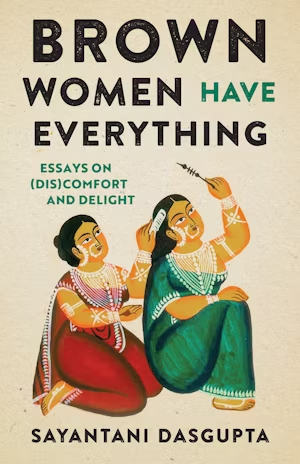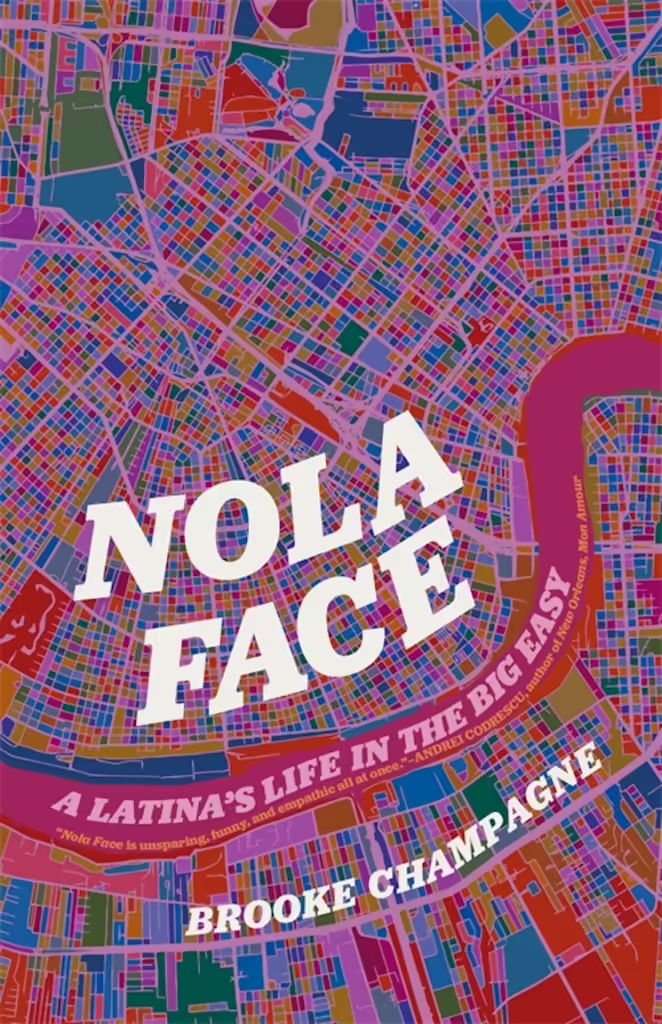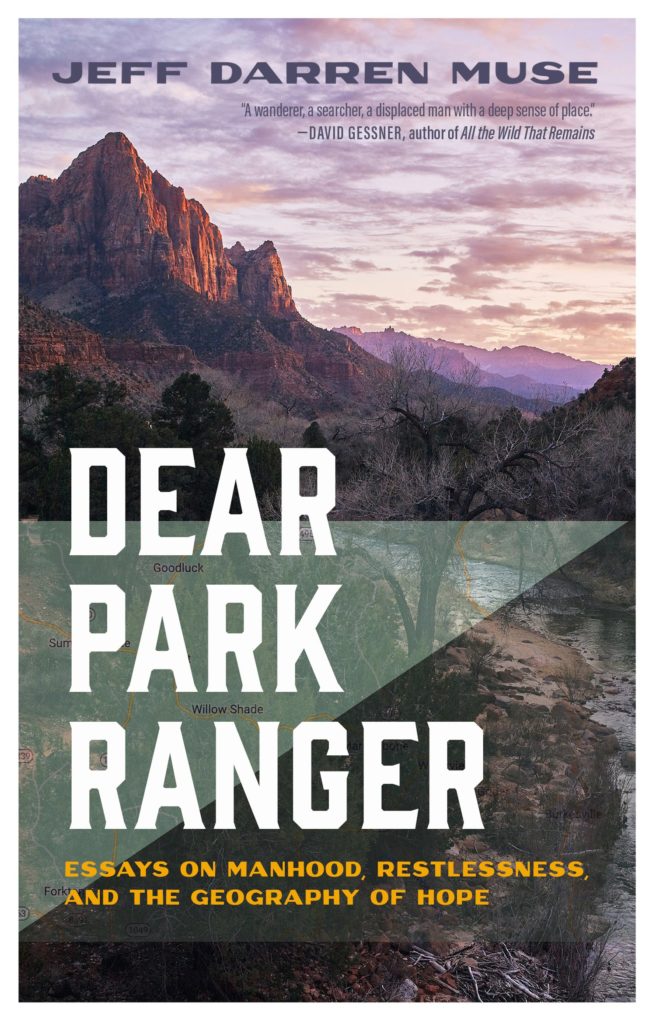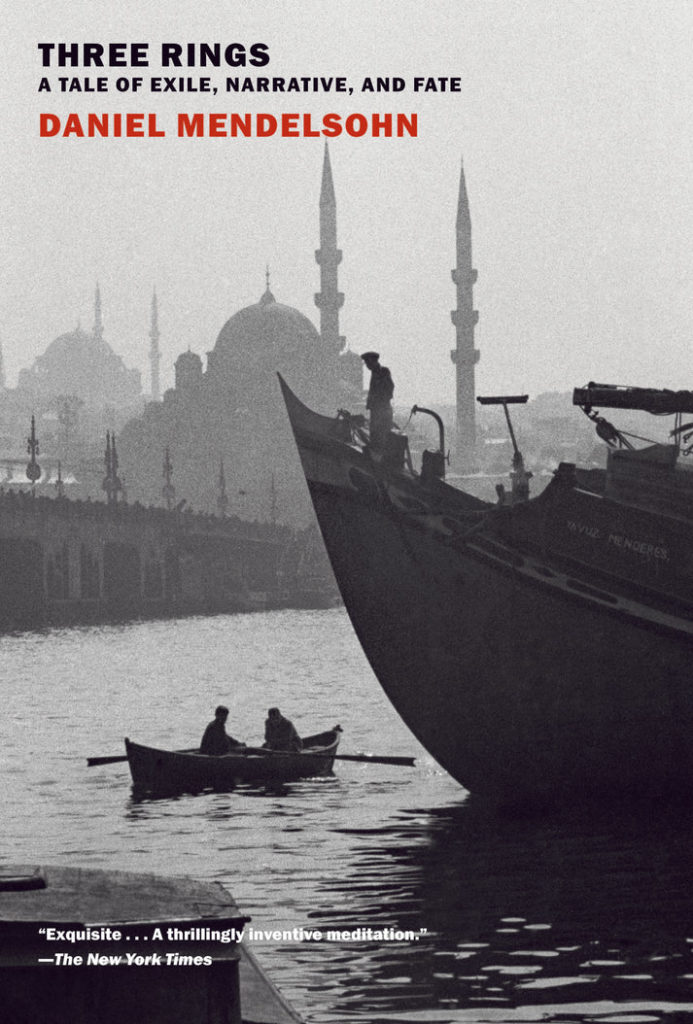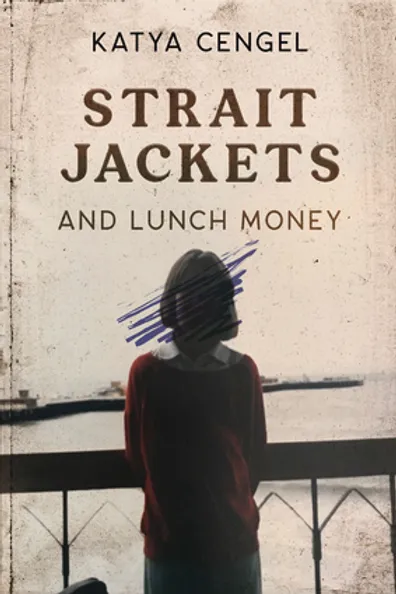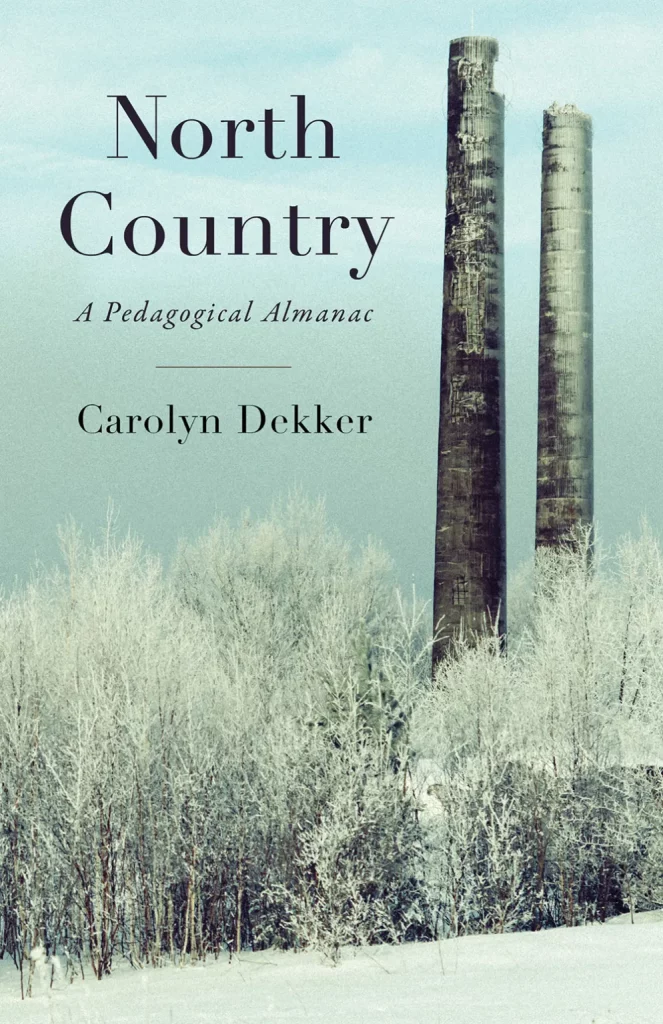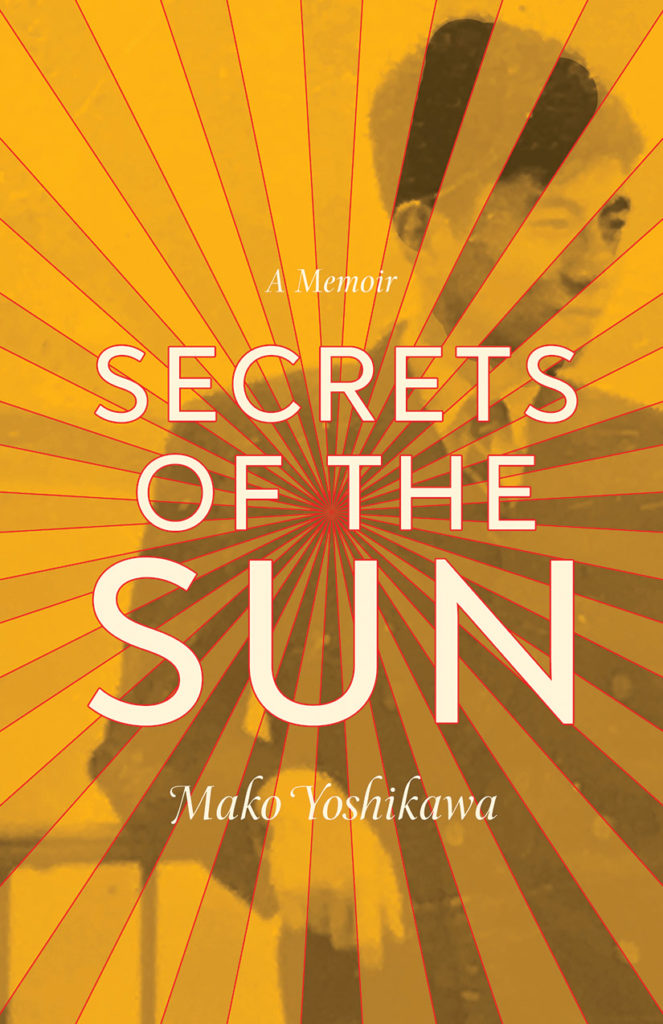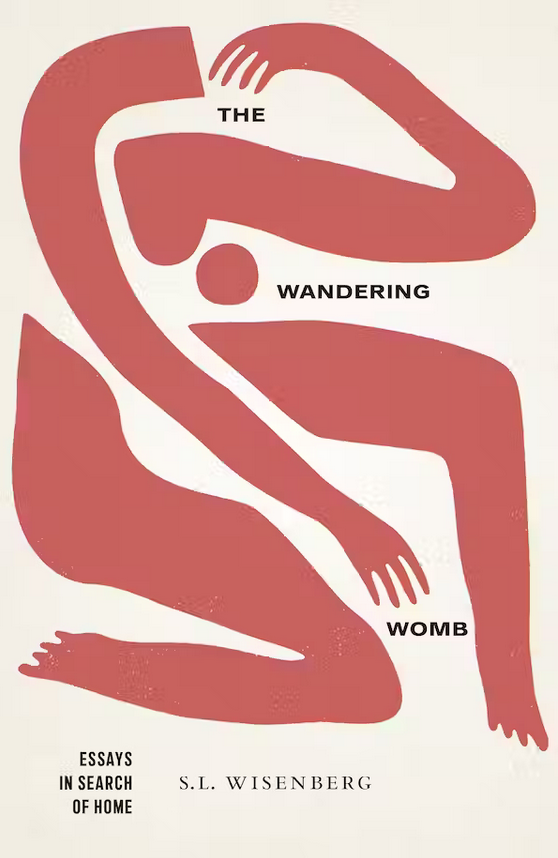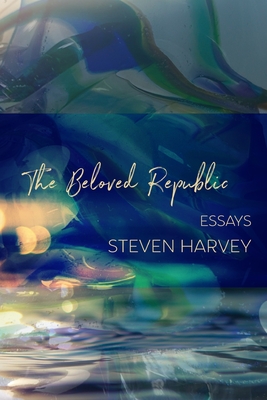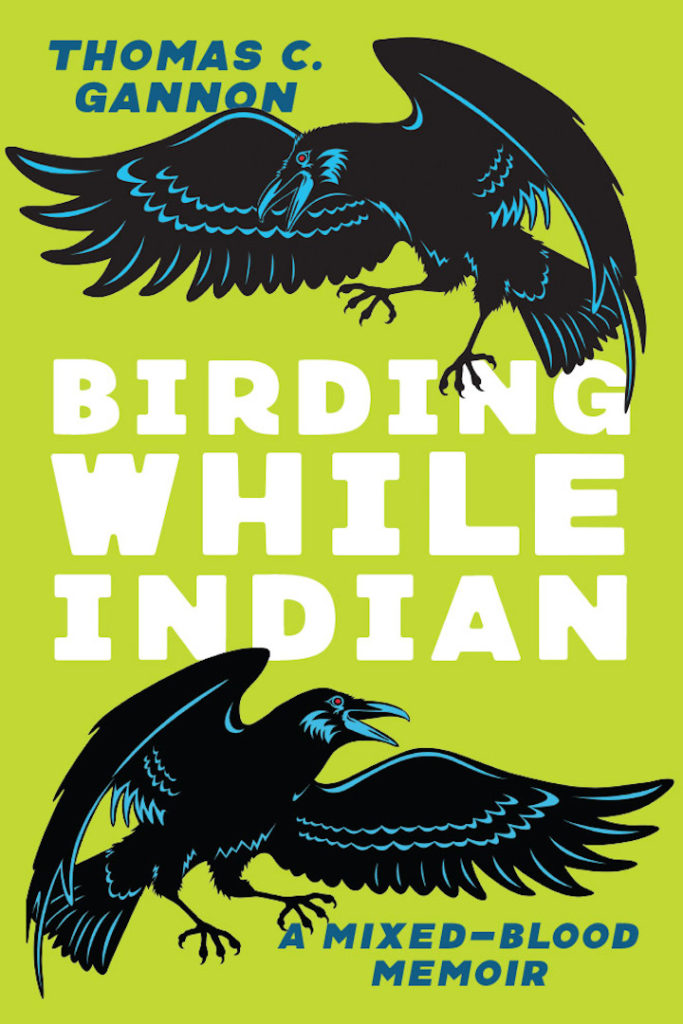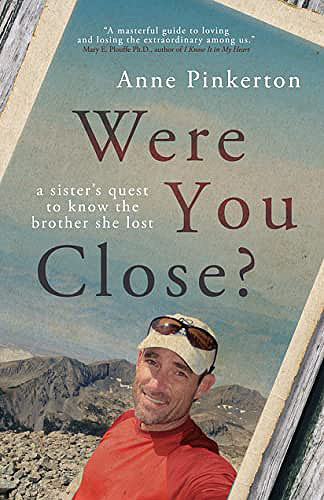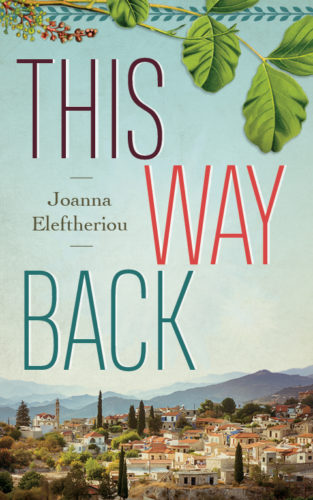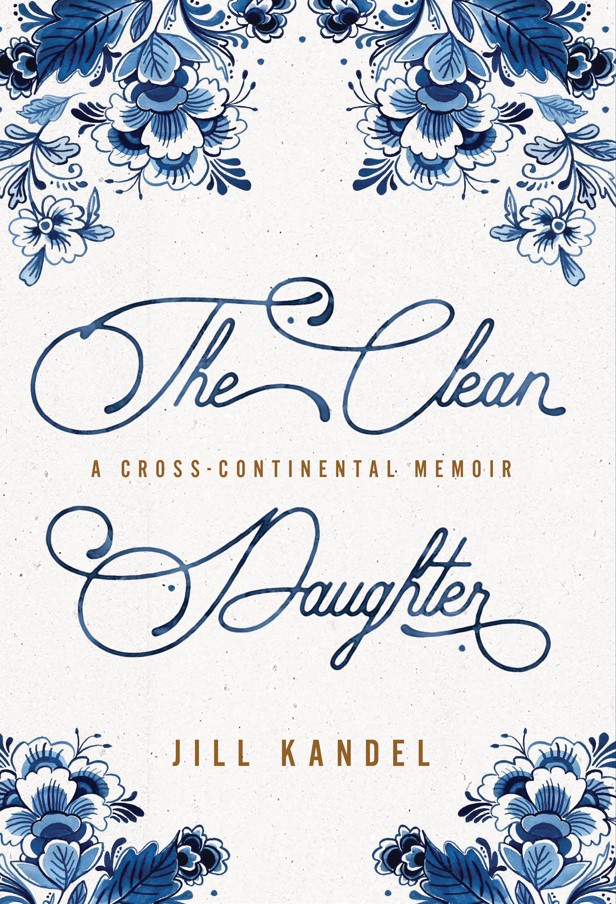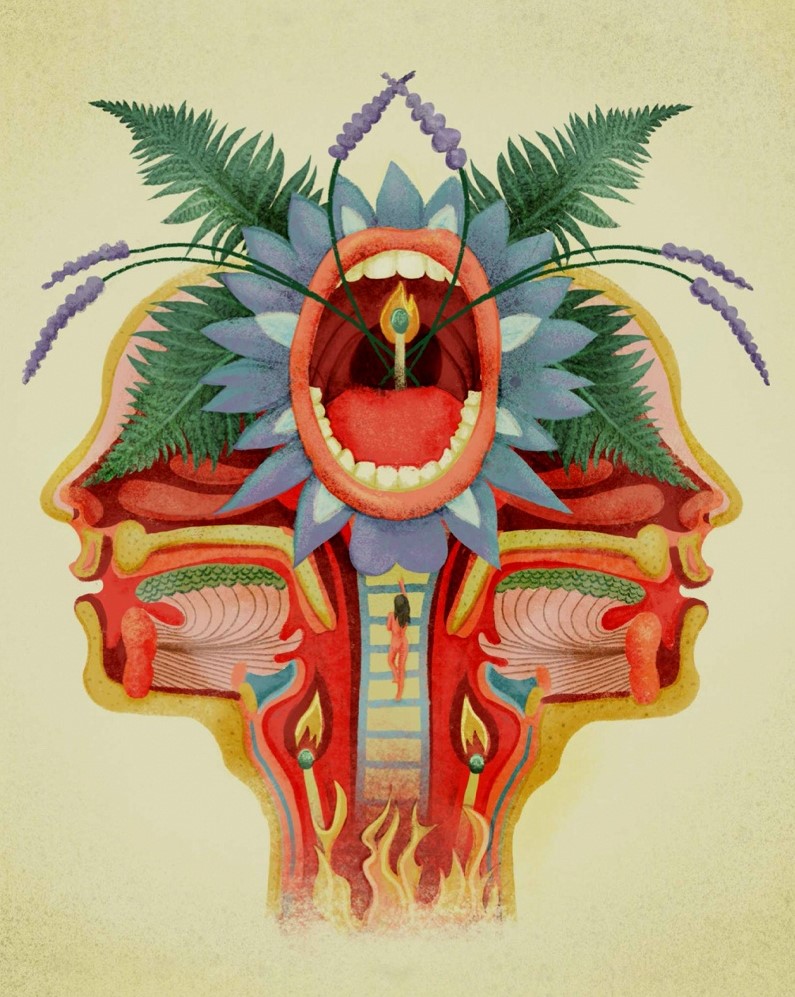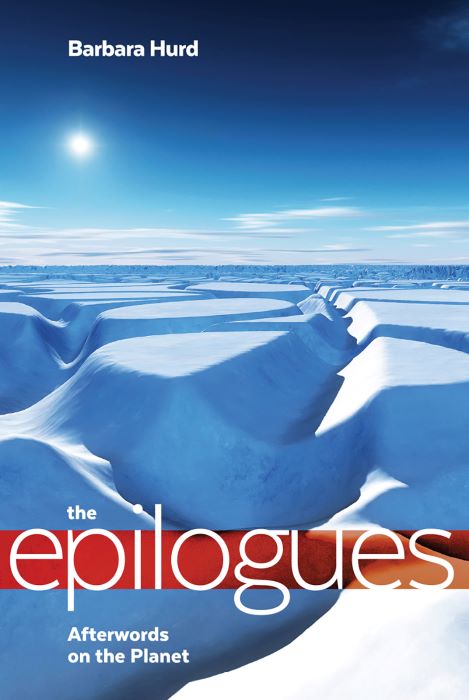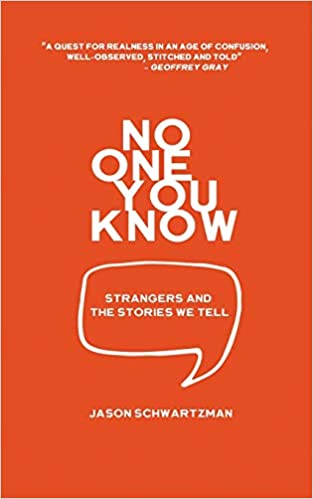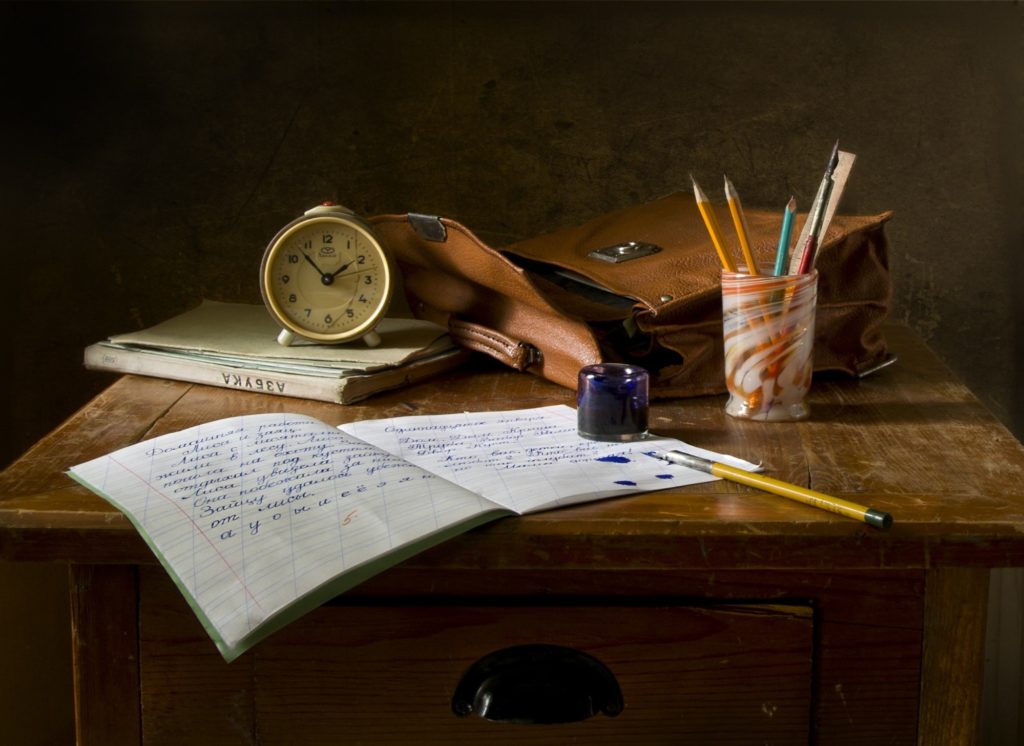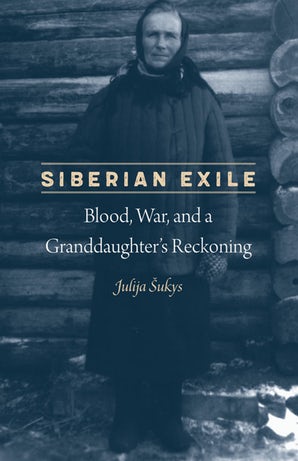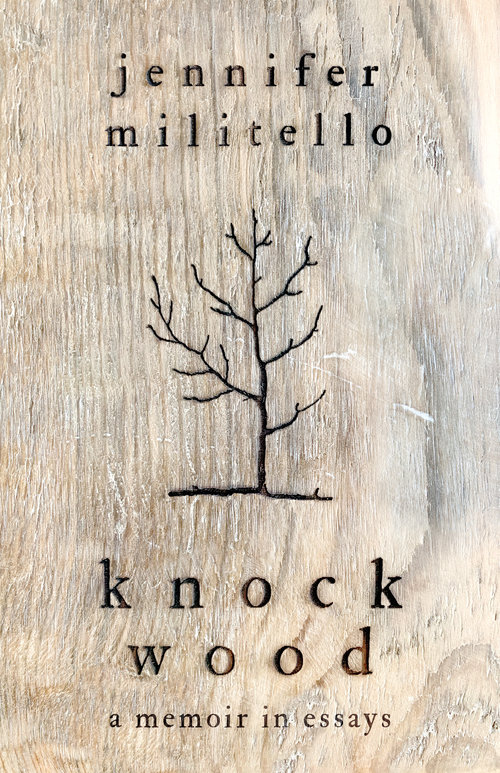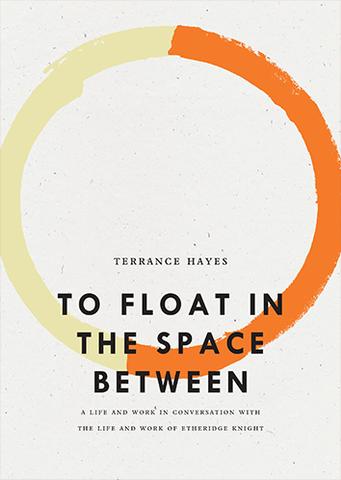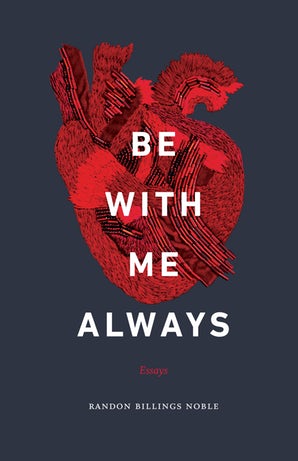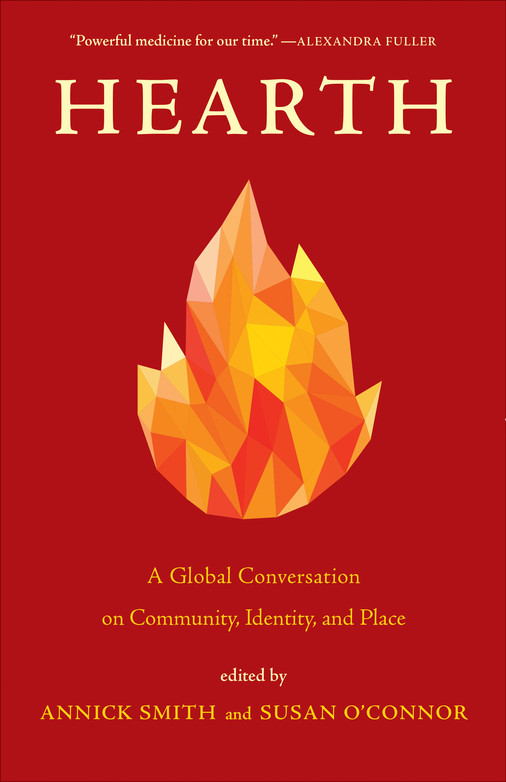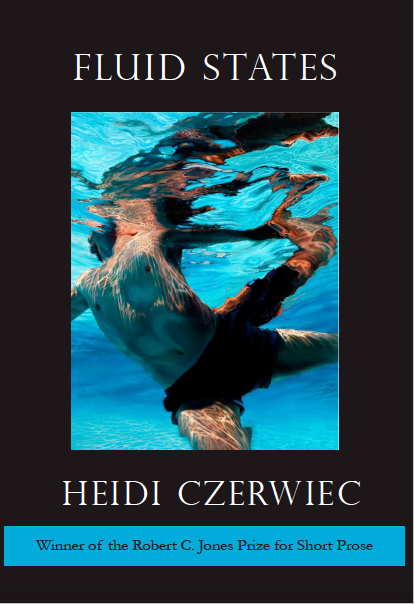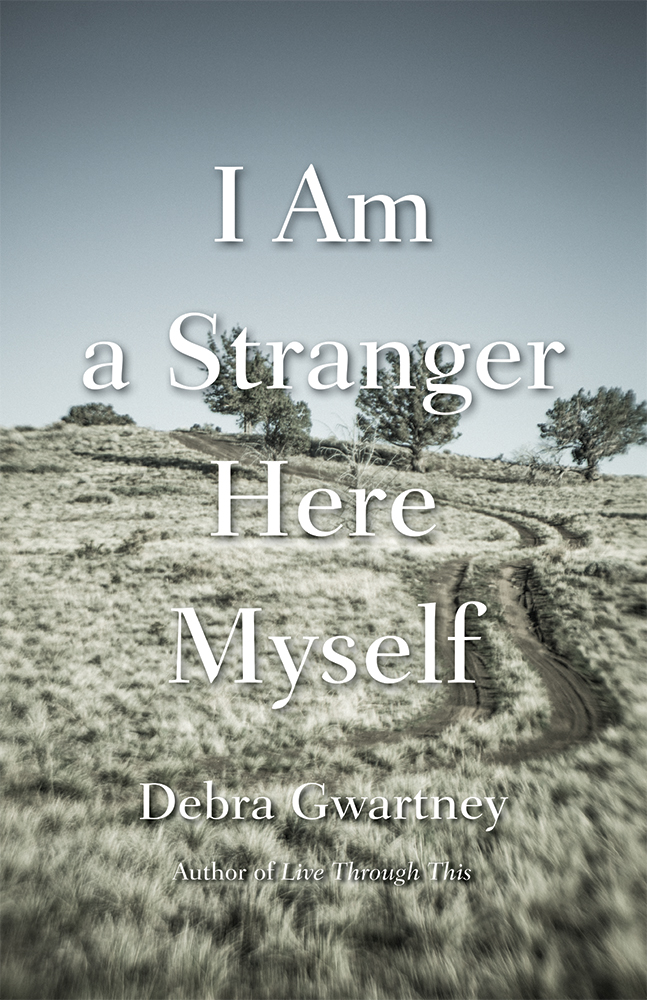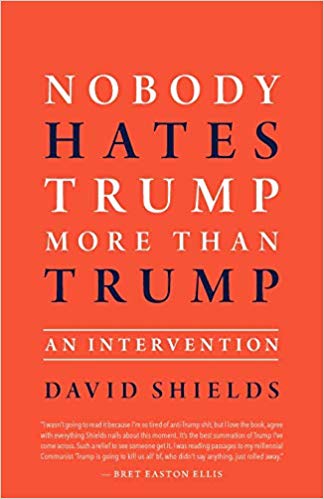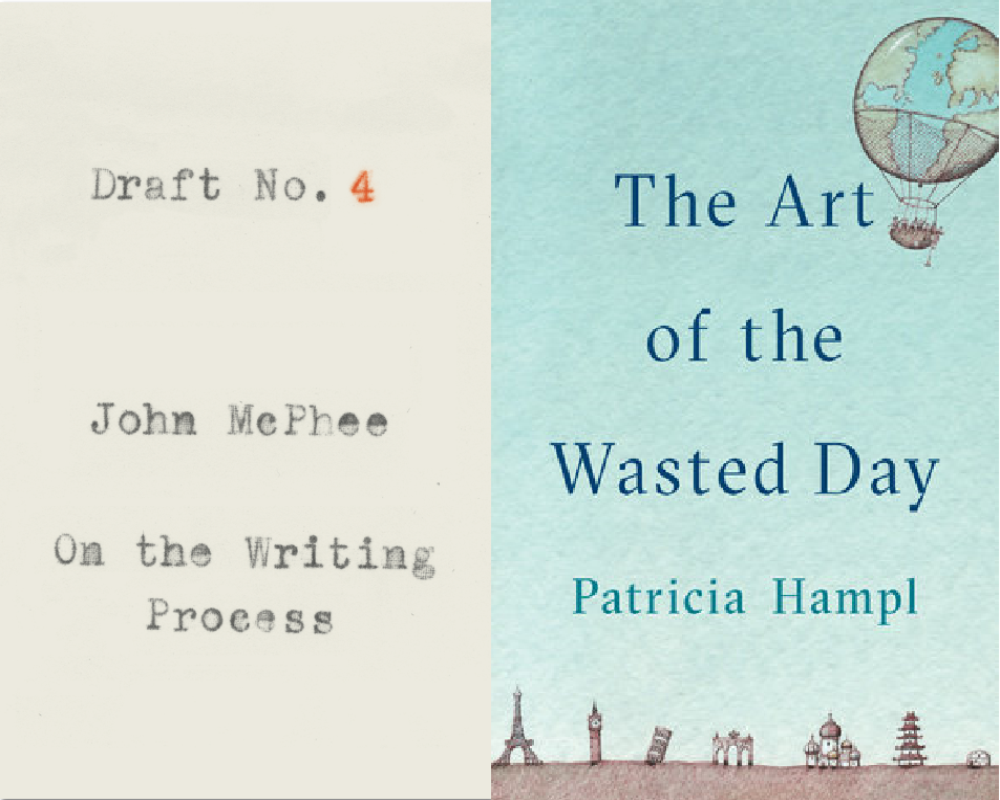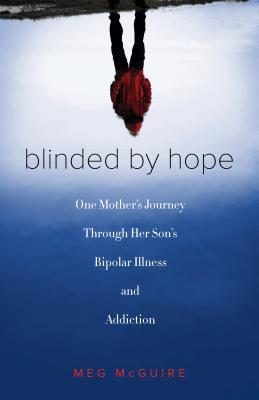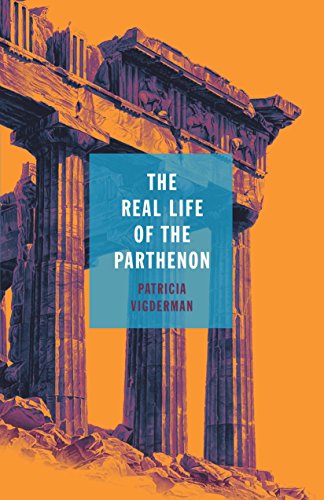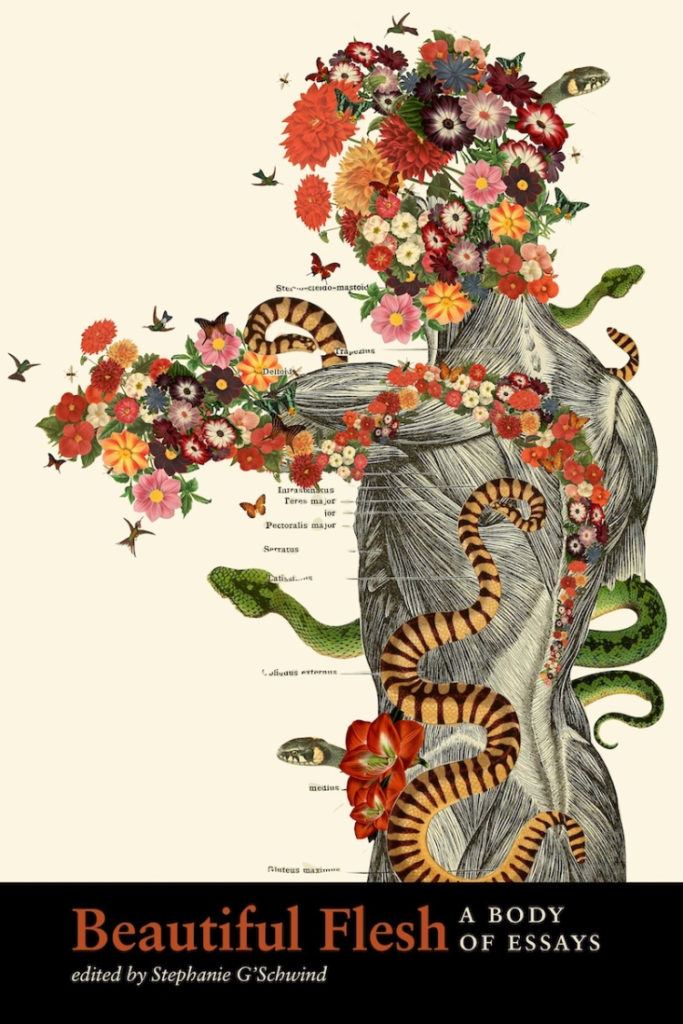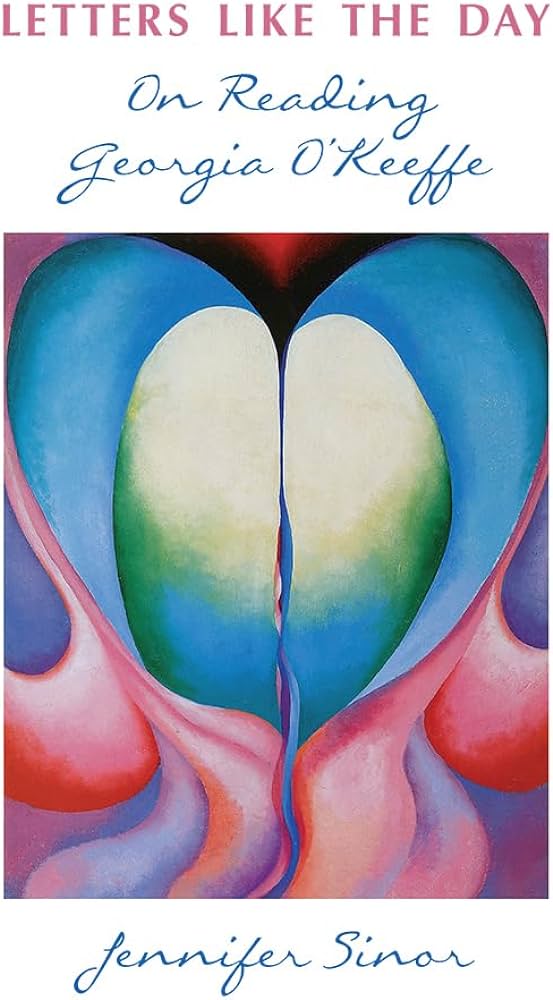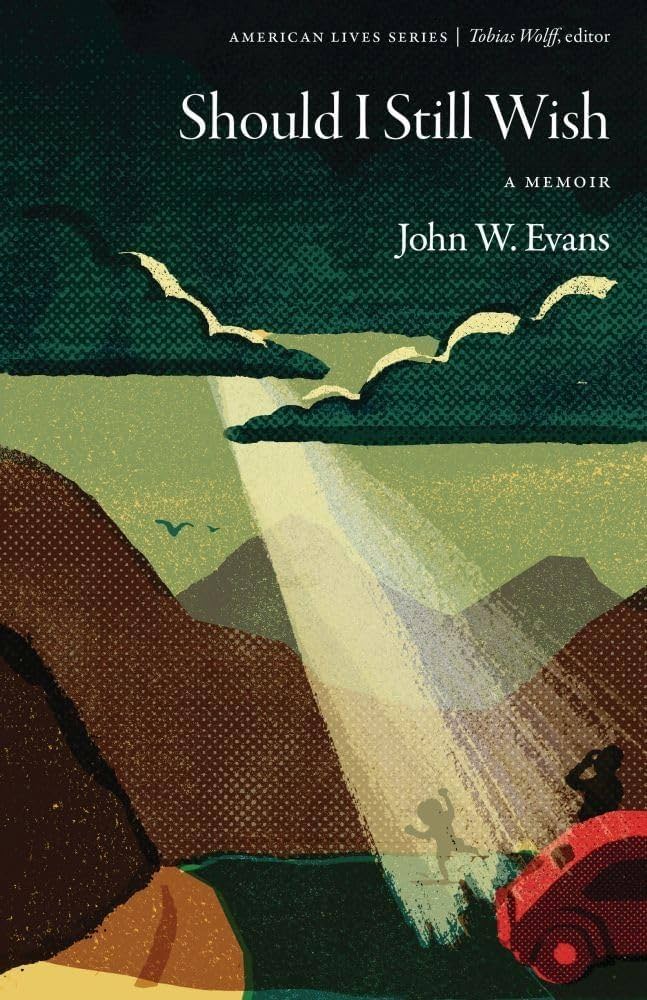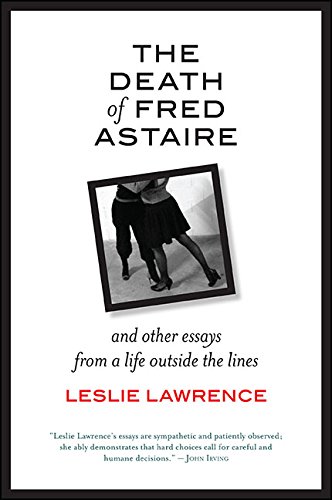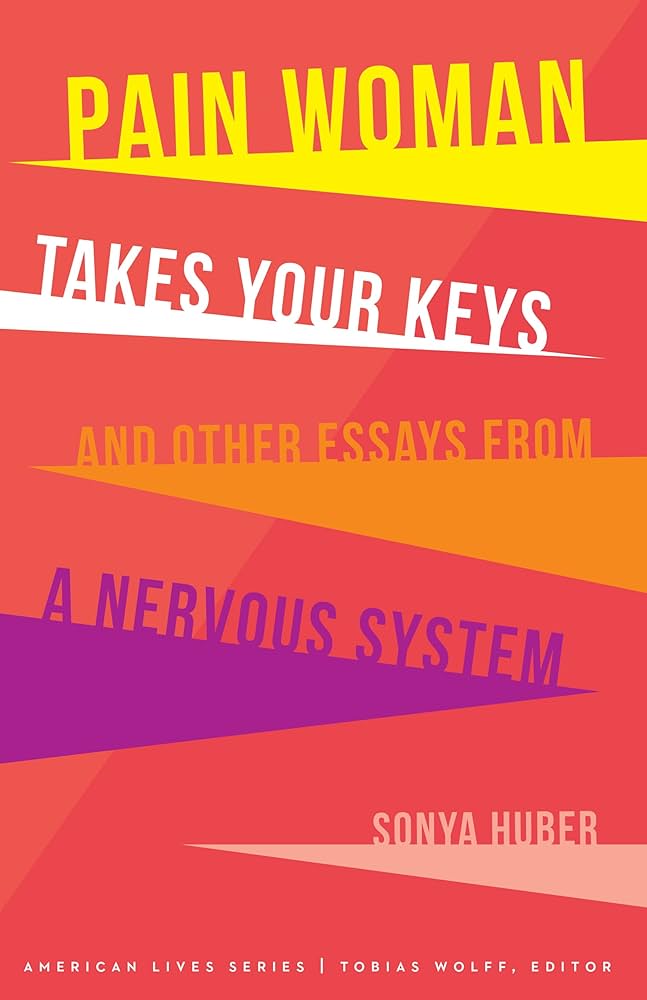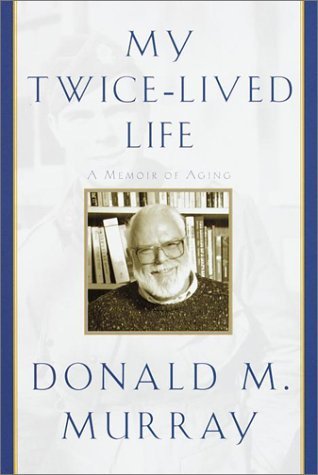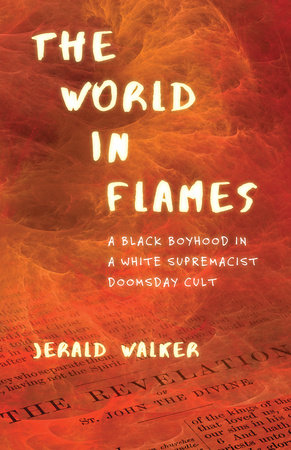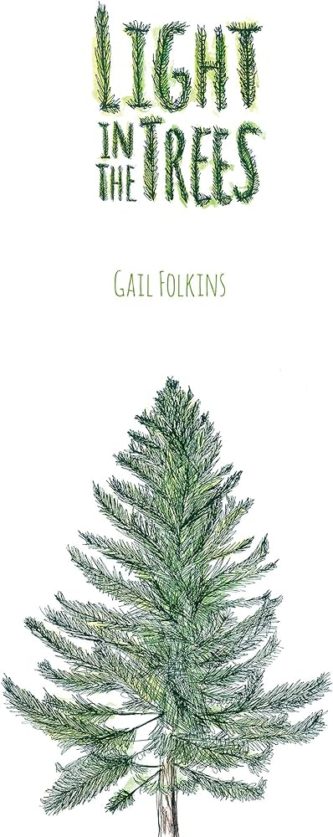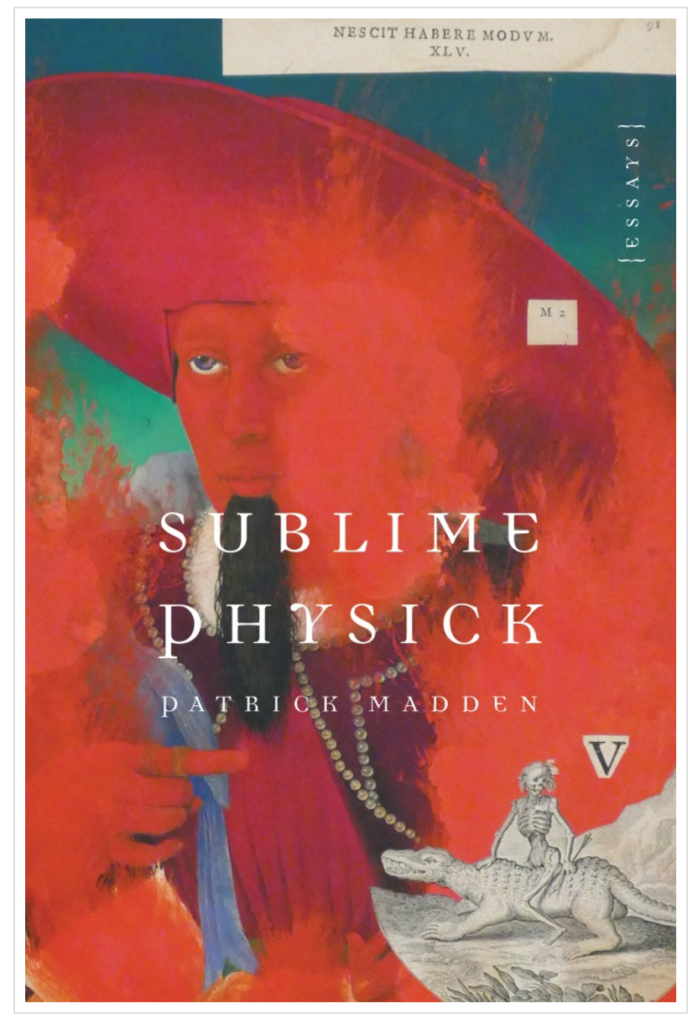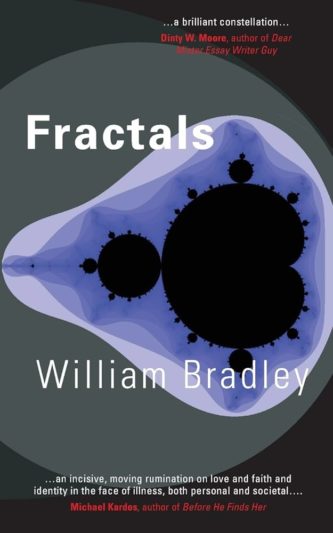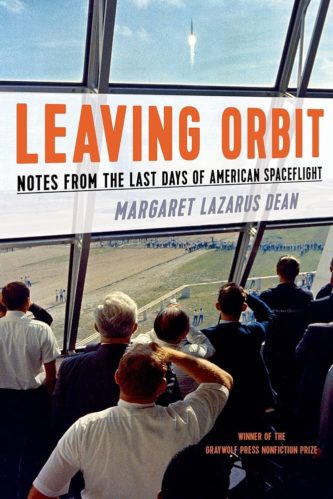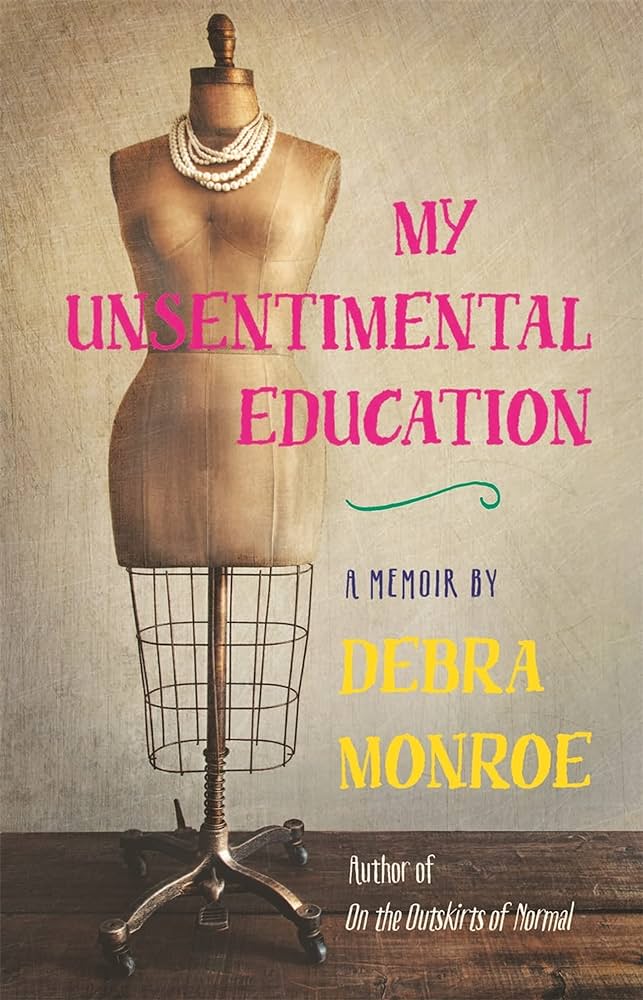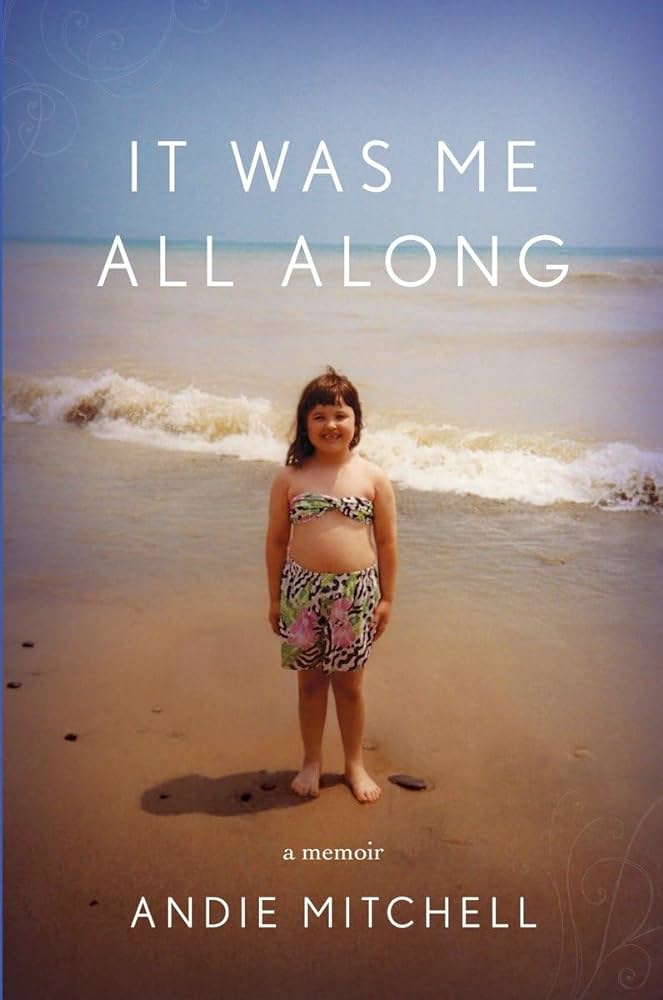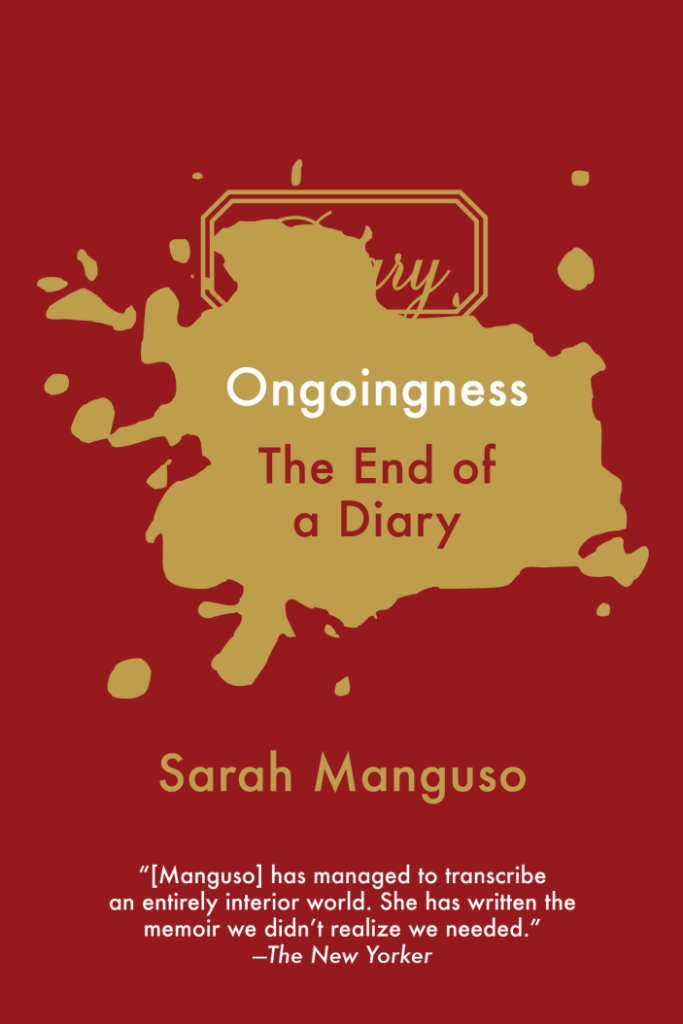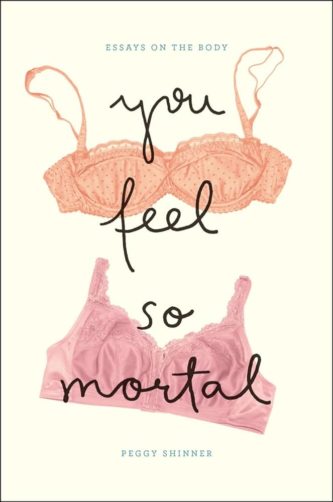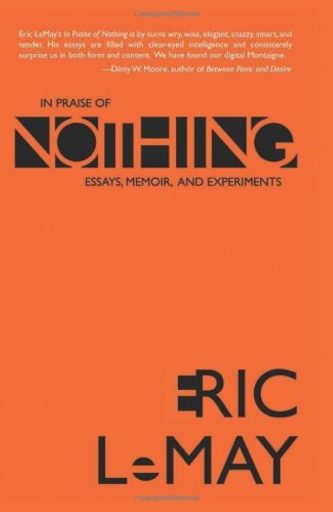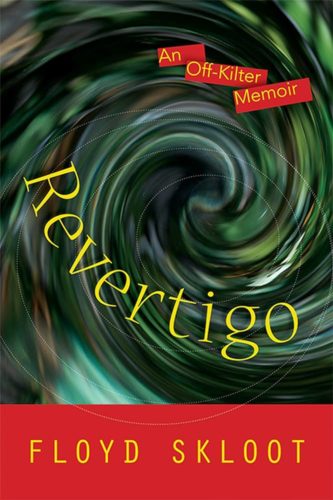By Robert Lunday
on After Montaigne: Contemporary Essayists Cover the Essays edited by David Lazar and Patrick Madden
The theme most dear to me in Michel de Montaigne’s Essays, indeed my obsessive pursuit when I read them, is what I call “measure.” In the Essays themselves it is more common to find it named otherwise: Constancy, Prognostication, Moderation, even Consolation. All these mark the idea as I conceive it. Erich Auerbach describes measure as “this peculiar equilibrium of his [that] prevents the tragic.” It is seeking the gyroscopic truth in things; struggling to get things right in one’s life or in the world, valuing, loving, and doing neither too much nor too little. Measure, or “balance,” if that seems more apt, may be his main theme and, to illustrate it, his trusted rhetorical pattern.
In the construction of authorial presence, of his frank and intimate self—the element for which he is most renowned—Montaigne reveals this aspect of measure:
But in all seriousness, just as when the arm is raised to strike, it hurts us if the blow does not land and is wasted on the air; also as the sight, to make a pleasant view, must not be lost and led away in the vague reaches of the air, but must have some bound to sustain it at a reasonable distance;
As wind loses its strength, diffused in empty space,
Unless some strong dense wood resists its forward pace;
Lucanso it seems that the soul, once stirred and set in motion, is lost in itself unless we give it something to grasp; and we must always give it an object to aim at and act on.
(“How the Soul Discharges Its Passions on False Objects When the True Are Wanting” Donald M. Frame translation)
Perhaps we suffer most due to our tendency to go out of balance: as men and women, as nations, as a species, we are too often beyond measure. Montaigne rights us. This is the meaning I seek and find in Montaigne more than any other, and the meaning I settle on when I put down the book and look at the world itself.
In his brief 1942 biography of the essayist, Stefan Zweig observes of Montaigne: “In order to recognize his true worth, you should not be too young, too deprived of experience and life’s deceptions, and it is precisely a generation like ours, cast by fate into the cataract of the world’s turmoil, to whom the freedom and consistency of his thought conveys the most precious aid.” The sentence speaks of, and also enacts, balance.
Other readers of Montaigne express and deploy similar terms of measure. In “On the Periodical Essayists,” which notes Montaigne’s influence on English writers of the eighteenth century, William Hazlitt says, “He was neither a pedant nor a bigot. He neither supposed that he was bound to know all things, nor that all things were bound to conform to what he had fancied or would have them to be.”
In this I see again (looking for it everywhere), the form and content of measure. Even browsing my notes on one of the cyberneticists Anthony Wilden (systems theory being an area of study in my pursuit of the mechanics of measure), I find the author speaking of Montaigne’s “central contradiction between desire (for certainty and solidity) and experience (of doubt and fluidity)” from which, asserts Wilden, the Essays were generated. More recently, philosopher Ann Hartle, author of two books on Montaigne, says: “The movement of Montaigne’s thought is first to open us to the possibility of the strange and foreign, then to lead us back to the familiar and let us see the extraordinary in the ordinary, in the familiar and the common.”
I find similar emphases on the vectoring, balancing, decentering, dialogism, detour, and circumscription that proliferate in and around the Essays in such recent scholars as:
Lawrence Krtizman’s The Fabulous Imagination: On Montaigne’s Essays, Terence Cave’s How to Read Montaigne, Saul Frampton’s When I Am Playing with My Cat, How Do I Know That She Is Not Playing with Me?: Montaigne and Being in Touch with Life, Sarah Bakewell’s How to Live: A Life of Montaigne in One Question and Twenty Attempts At An Answer, Jean Starobinski’s Montaigne in Motion, and Hartle’s second Montaigne study, Montaigne and the Origins of Modern Philosophy. Add to this a new English-language edition of Stefan Zweig’s Montaigne, and a Stephen Greenblatt-edited version of John Florio’s Renaissance translations of Montaigne, published as a New York Review Books Classic.
So, reading the Introduction to David Lazar’s and Patrick Madden’s After Montaigne that Montaigne’s influence on writers has suffered in recent years, I find such an assessment to be the one thing about this wonderful anthology that I can’t accept. After Montaigne is an important addition to a solid and growing collection of new works devoted to the French essayist, his writings, his influence, and his importance now and in times past.
The main organizing principle of the collection is borrowed from popular music: the “cover,” or the practice of one musician redoing a song by another. The hope is, the editors write, that “these essays . . . envision Montaigne’s topics through a contemporary sensibility.” Furthermore, in Lazar and Madden’s general outlook, and frequently in the essays themselves, one finds that emphasis is given to Montaigne’s work because it is relevant to our society as saturated as it is with popular culture—the Self, one might say, in the extremities of imbalance.
2.
The essayists in After Montaigne react to a particular one of the Essays, provide an epigraph from the original, and attach a coda wherein they write about creative processes, their assessment of the result, and their thoughts on Montaigne and his influence. Some authors deliberately attempt a close borrowing of Montaigne in one or more of his points of style, structure, or form. Others, passing over the essay they have chosen, address the theme bywriting an essay that owes little to Montaigne’s original.
David Lazar’s own contribution takes on the Address to the Reader with which Montaigne opens Book 1 of the Essays. Lazar opens in a manner more intimate, though perhaps meant to tweak the idea of intimate address. Considerably longer than Montaigne’s original, it opens with a self-conscious familiarity, seductiveness, and playfulness that’s meant to slap a postmodern, pop-culture brand on the effort, as if the sixties were our “now” in his song citations. “My own jumpy, interruptive style,” as Lazar describes it, spiraling and fading, doing and undoing the “I” of the essay.
So that we might take his overly-intimate address, an almost creepy, fern-bar pick-up presence of Lazar’s persona, he deliberately overbalances and, thus, marks for us the more temperate, and yet much more authentic, direct-but-still-formal address in the original. Lazar gradually leaves it behind, and the intimacy he establishes with his reader is the closeness of books—dropping lines that echo such well-known volumes as Jane Eyre (“Reader, I married him”). The echo, the parody, creates the space we share and, more importantly, suggests the towering library of Montaigne’s inventions and comforts, which other contributors also note.
Of the twenty-eight authors, I find the following dozen worthy of particular analysis.
3.
E.J. Levy, author of the recent short story collection Love, In Theory, selects “Of Liars.” She takes on Montaigne’s self-deprecatory and recurrent confession that he possesses a very poor memory. Of course, this irony recallshis dedication to speaking only the truth: liars must possess a strong memory if they are to maintain their performance. “There is no man who has less business talking about memory. For I recognize almost no trace of it in me, and I do not think there is another one in the world so monstrously deficient.” At the start “Of Liars,” Montaigne frames the indeterminacy of the topic with his inadequacy in addressing it. Levy cleverly reduces Montaigne’s version of this to a simple “I forget” as her first sentence.
She balances well an imitation of the Master and striking out on her own. As in other entries in the collection, she makes a point of drawing our eye to the present moment by such gestures as name dropping Bernie Madoff and taking out her iPhone (ubiquitous emblem of our moment, but also, increasingly, the tablet of memory). The voice in her essay, however, is moderate and focused on identifying the aphoristic truths that remind us of Montaigne’s style: “‘Forgive and forget’ gets the matter wrong, backwards,” she tells us. And: “I want the lie that binds,” a tidy pun not terribly Montaignesque by itself, but one that scores within its figuration the topos of measure. In her coda, Levy calls her essay a “gentle corrective” of the original, which she finds disappointing (a few of the essayists make a point of distancing themselves from Montaigne in this way: he is confusing or too dry, in addition to being too disappointing, for some). Her own version, she says, is written not in praise of lying, but “in complication of its contemplation”—or, I would say, its indeterminacy, its attempt at measure.
Lia Purpura’s cover, “Of Prayers,” is less so than most of the other essays in After Montaigne. Through a series of fragmented scenes delivered in her lyric style, Purpura—a poet who has authored beautifully poetic prose works such as Increase, On Looking, and Rough Likeness—reimagines a horrible crime in her essay: a father’s murder of his family, of which one member had been Purpura’s student. Hers is a tangential writing-away from Montaigne.No pastiche, it veers from the titular subject, prayer and its occasions. In her coda, Purpura calls the original of Montaigne’s a “tonic” to her own, more chaotic method of writing. But both she and Montaigne seem less focused on defining or locating prayer as an act, and more on limning its otherwise ineffable presence: prayer as a tentative and hard-to-calibrate location device in a mutilated world.
Mary Cappello’s brief but enjoyable “Of Thumbs” is a bit longer than its model, but works deftly within a form we readily associate with Montaigne: the gathering of facts and anecdotes on the topic, updated to our Internet era (with another iPhone reference), loosely arranged, but not so randomly as we might at first think. The thumb in Cappello’s cover is re-gendered toward the female in her assemblage of thumb-thimble details. The assorted facts add up, as in Montaigne’s original, toward a symbolic resonance and depth, faithful to the literal thumb, but also reflective of the author’s perceptive eye through which we arrive at a small self-portrait. In Cappello’s cover, the attempt at measuring out and refitting the original effort leads to a delightful treasury, a “thumbery” system that allegorizes thumb-elements according to the Seven Deadly Sins.
Among the essays here, brief as it is, Cappello’s effort succeeds better than most at balancing pastiche of, or homage to, Renaissance/Humanist sensibilities and our postmodern times. Her occasional anachronisms (“when I asked my physic”) are not overdone, but rather perforate the essay slightly to make it seem a delicate pentimento of the earlier essay. (In her coda, Cappello calls it a “channeling” of Montaigne). Though most English readers no doubt access Montaigne through his translators—Frame, Screech, Cotton, or Florio—and since all these versions measure out so well the rhythms and rhetorical arcs of the original, it must be difficult to resist carrying over these effects in one’s imitations. Virginia Woolf’s “Montaigne” in The Common Reader: First Series is a stylistic echo of its subject as well as a succinct introduction to Montaigne himself.
4.
Wayne Koestenbaum (suitably, see his wonderfully pungent Humiliation or Cleavage as examples) takes on Montaigne’s “Of Smells.” The body and its traces frequently frame the subject matter in Koestenbaum’s writings; and here, as in several of his other essays, he constructs his observations and confessions within “blips”—brief, discrete paragraphs that add up mainly through the consistently frank and sometimes mordant perceptions they convey. Smell is a frame for confession and sensuality, but also for the ineffable nature of memory; the measure in this piece abides in rendering so well the balance between body and soul, literal and figurative. Like most other contributors, Koestenbaum brings Montaigne into the modern age via deft phrases. Referring to Montaigne’s musings on his own mustache, Koestenbaum imagines that it “was Velcro to visiting aromas.” High art and pop culture contribute equally to the texture. It’s gossip—but the effect is to create a volubility, a flow, and it enacts transience or, to more properly name it, death.
Danielle Cadena Deulen, like Koestenbaum and Purpura, a poet and essayist, covers “How the Soul Discharges Its Emotions Against False Objects When Lacking Real Ones,” which, in her hands, becomes one of the more stylistically successful experiments in After Montaigne. It is a short exercise—one longish paragraph—that mutates through expansive phrases, swallowing much, but achieves a strategic stream-of-consciousness nonetheless. The paragraph holds together and careers forward without faltering; its method of measure balances Deulen’s observations of inside or mental phenomena with those of the outside world. As she tells us in the coda, Deulen sought to recreate “the architecture” of Montaigne’s thought, “allowing in the deviations and even the possible dead ends.” Deulen’s verbal arc is “from hallucination to vision”; it is not a cover of Montagne’s sentences, but her employing one of his “rhetorical trajectories.”
Nicole Walker’s “Of Constancy” blends historical study of the railroad and its eclipse with the author’s own personal history of travel. Through the balance of figure and symbol, we see something like the allegory of the rails (and the automobile after) as it refracts our own mortality. Emerson, in his study of Montaigne, refers to the Essays as “an entertaining soliloquy,” but other critics consider them to be more conversational. However different the style of a contemporary essayist like Walker is, it is worth noting the way certain topics, and certain angles into a topic, are more inherently conversational than we might expect. We, fellow motorists and train buffs, know well the landscapes drawn in this essay, which she partially maps. Following her mind as Montaigne follows his, Walker muses upon the rut/route/routine of her subject, allowing it to lift itself into metaphor:
The war with the self is the most brutal war. Is there anything more heavy than the re-collection of track by the industry that laid them down? Railroad ties resold at the local nursery as landscaping tools. Spikes melted down into wheelbarrows. Tracks themselves pressed into service as dumpsters and graffiti canvas. A railroad industry cannibalized by a transportation industry. Pulling up tracks is sentimental. Can you turn old business into a new garden?
We end our journey thus: “The rut is less of a route. You’re going so slow you might actually get somewhere.” In Montaigne’s original, war is the subject through which constancy is pursued; in Walker’s version, it’s the hardware of trains and tracks, balancing “the desire for sameness, the desire for change.”
Steven Church’s “Of Idleness” dwells upon the meaning of “loitering” that updates the original theme by exploring its recent political dimensions. Starting with a photograph of Martin Luther King, Jr., forcefully placed under arrest in a courthouse in Montgomery, Alabama, Church provides a history of how merely being idle results in a criminal charge. From here, the essay meditates on the ways space, particularly in modern America, has been claimed by the powerful, and Montaigne’s role in situating the “placement” of the authentic self in that space. Thus, King’s defiance of the law merely by waiting in a courthouse or disenfranchised adolescents breaking anti-loitering codes. “Loitering, then, as an idea is as undefined, abstract, and subjective as happiness or suffering,” Church observes. It is also a fine realignment of Montaigne’s somewhat more allegorical study of idleness as a behavior (or non-behavior) in the context of sinfulness as well as a good example of how Montaigne’s influence is not merely a matter of style or structure but is rooted in the patterns of thought we expect from good essays.
Robert Atwan, best known as the founding editor of the Best American Essays series, devotes much of his essay studying Montaigne’s original: the lengthy “On Some Verses of Virgil,” called “Of Sex, Embarrassment, and Miseries” in Atwan’s cover. Along the way, Atwan folds in much of the voice, attitude, and purpose one finds in the Montaigne original as if it were entirely his own. An older man confesses frankly of his attractions, his sexuality through a show-and-tell of his own hobby-like scribblings of metrical verse. Showing us these verses, and the ways sexual attraction has continued into his later years, Atwan conjures effortlessly Montaigne’s frank, personal, meditations on his own body and its faults. Atwan draws on his knowledge of the essays overall for not only the model he’s covering but also his reading the same Latin authors whose lines populate the Essays so densely.
Moreover, he pulls Montaigne into our time, as many of the contributors do, by focusing on the gendering impulse in Montaigne’s chosen figures. Drawing upon James Grantham Turner’s observations, Atwan argues that Montaigne intends the essay as “a flow of female chatter . . . opposed to the ‘virile’ forceful style of the Latin poets.”
5.
One of the more enjoyable entries in After Montaigne, “Of Solitude,” is by Chris Arthur, the Irishman known for his fine prose on environmental themes. In much of his nonfiction, Arthur blends erudition with observation and personal narrative. Here, working that same method, he discovers a complex balance between inner and outer, figurative and literal. Arthur recalls the common experience of boys riding bikes, crafting his emblem as he describes replacing the usual speedometer that other children attached to their bikes with a cyclometer (or an odometer, as we Americans call it). Arthur moves back and forth across his triangulating points: discussing scholars’ observations on Montaigne and his work; narrating a childhood experience; and presenting his reflections on mortality and time. The cyclometer, along the way, is established as a charged emblem of measure: “We all start with the corporeal equivalent of the cyclometer’s virgin zeros.”
Elena Passarello’s essay, “The Ceremony of the Interview of Princes,” is the most playful and among the more experimental in the collection. Though it could easily have seemed flip, she converts the titular prince into the artist formerly (and once again) known as Prince. Her effort is through assiduous research—hundreds of pages of interviews with the rock star, she says—from which she weaves a virtuoso exploration of styles, voices, and effects. It is true to Montaigne in its perceptiveness and mutation of theme with the larger focus, but also true to Prince himself as the mercurial, captivating, complicated object of Passarello’s temporary obsession. Her goal, Passarello says in her coda, was “to score one man’s persona to the other man’s ‘music.’” Both the rock star and the sixteenth-century essayist are men of contradictions, multiple in their personae: “Prince R. Nelson, like Michel E. de Montaigne, is not a cat interested in staying on one message.”
Maggie Nelson’s cover is somewhat in the mode of her study, The Art of Cruelty, which develops its theme as well through a Montaignesque blend, balancing theory, history, and observation. In her cover essay of “We Can Savour Nothing Pure,” Nelson, in a manner similar to Church comparing idleness as a sin to loitering as criminality, updates impurity by looking at breastfeeding and toxicity: “nourishing must be done by people who are impure.” Her experience as a nonsmoker waiting tables in a smoky Brooklyn bar is apropos. Meditating on the theme of toxicity Nelson quotes contemporary writers whose recent thinking draws on Montaigne’s perceptions. She cites philosopher Judith Butler, who observes of some people that it is better “to be enthralled with what is impoverished or abusive than not to be enthralled at all and so to lose the condition of one’s being and becoming.”
6.
The final entry is, appropriately, by Phillip Lopate. He is the godfather of the contemporary American essay whose efforts as editor (see his indispensable The Art of the Personal Essay) and essayist put to bed the idea that Montaigne’s influence has waned in our time. Lopate, who has made his own frank self-assessment in so many essays, covers the final piece in Montaigne’s three-volume Essays, “Of Experience.” Lopate’s work is mainly about the idea of experience but also about Montaigne’s essay, Lopate’s life, and his reading. This living through books reveals itself on several levels: “Montaigne, like Goethe, had the knack—some would say the bad taste—of benefiting from his experience at every stage of life and achieving a calm, benign perspective with age. Which I can’t entirely seem to do.” It is not a pretended self-deprecation, if one has read Lopate’s essays through the years and gotten to know him through the writing.
A bit further on, he announces: “I look back at all that has happened to me and it seems as though it were practically nothing.” How many writers of any age could author such words without our hearing them as a grown man whining? But we do not, I think, because in the context of the essay, and in the context of the writer’s body of work, it is heard more as a perception about lost time as the central phenomenon of our lives. That so much has passed, that it seems almost nothing to have lived to this point, is a stunning fact. This is the valedictory piece—for the collection, not the essayist, though he attempts to take measure of his oeuvre in the midst of writing: “I wonder if this will be my last essay.” It is meta-writing of a different sort: Lopate talking to us about the essay he is writing, as he writes it, and, within the layers of textuality, Montaigne himself: “I do not portray being: I portray passing.” That famous line from “Of Repentance” defines the central attitude of Lopate’s cover.
Years—no, decades ago—when I was a graduate student in Houston, I housesat for Phillip Lopate while he was in New York, where he decided (I think during that same visit home) to return for good. He asked me to pack his household items, of which the main effort and most glorious pleasure was taking out and boxing the thousands of volumes in his library. My own library at that stage of my life was small enough to fit in some duffel bags and maybe a few boxes to ship ahead of me. Lopate’s was a vast collection, but also smart and telling, in the most intimate way, of a man’s life and mind. It took me a long time to pack up because most of the works—the novels, in particular—were representative of foreign literatures, aesthetic schools, and writers I was unaware of. Seeing books in people’s apartments in New York, where I had gone to college a few years earlier, had been an amazement—walls of books, where people lived!—but Lopate’s books taught to the hand, from their spines, and, like movies (a significant category in his collection), taught to the intellect, as I flipped through them, slowly packing them one by one like live cargo.
Experience! Lopate pulls down several of those books in his essay. He does so in the casual, occasioned manner of those who live by words. But also, he opens up the book of himself with the same apparent casualness: “It seems I won’t have sex with a man in this lifetime. Experience has taught me to honor my indifference and cowardice both.” The movement in such a pair of sentences is indicative of the leaps he takes without really altering the tone or the control of voice in the essay. Is it somber? Brooding? Silly? Nostalgic? Those, and many more nodes on the emotional spectrum. We move with his mind, trusting its perceptions and memories, and the argument is both the breadth and depth or a life—or, at least feels so, within the pages.
But, in closing, Lopate reminds us that we hardly know him; that the loose series of segmented passages don’t add up to the man who gets up to pee between six and six-thirty every morning; that he might hate to lie, but he is still a mystery. As are we.
After Montaigne: Contemporary Essayists Cover the Essays
by David Lazar and Patrick Madden
The University of Georgia Press
$32.95 hardcover | Buy Now!
Robert Lunday is the author of Mad Flights (Ashland Poetry Press, 2002) and the forthcoming prose-poem sequence Gnome (Black Sun Lit). He is at work on a hybrid memoir called “Fayettenam,” a series of meditations on the presence of missing persons. He teaches at Houston Community College and lives on a small horse farm with his wife, Yukiko.


